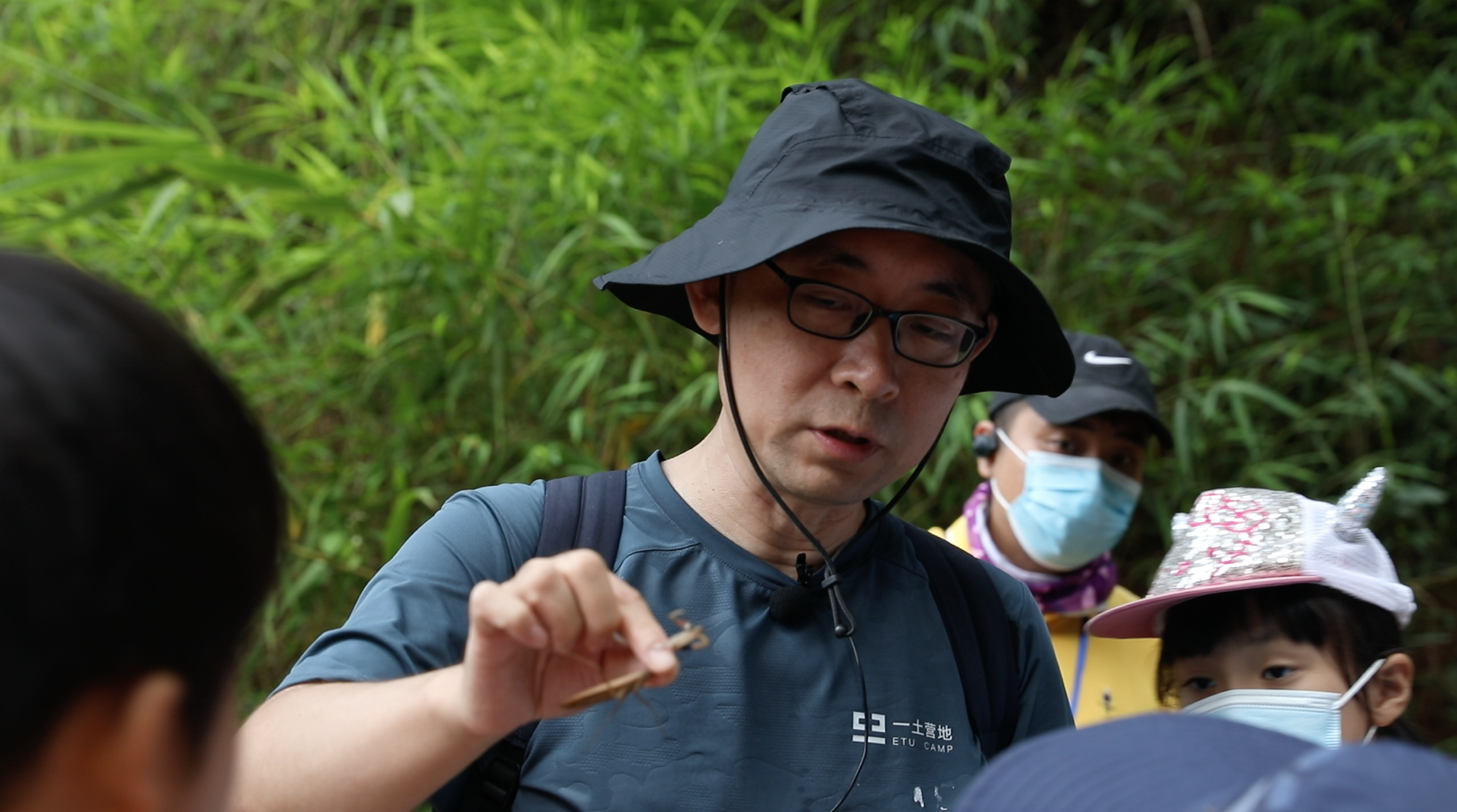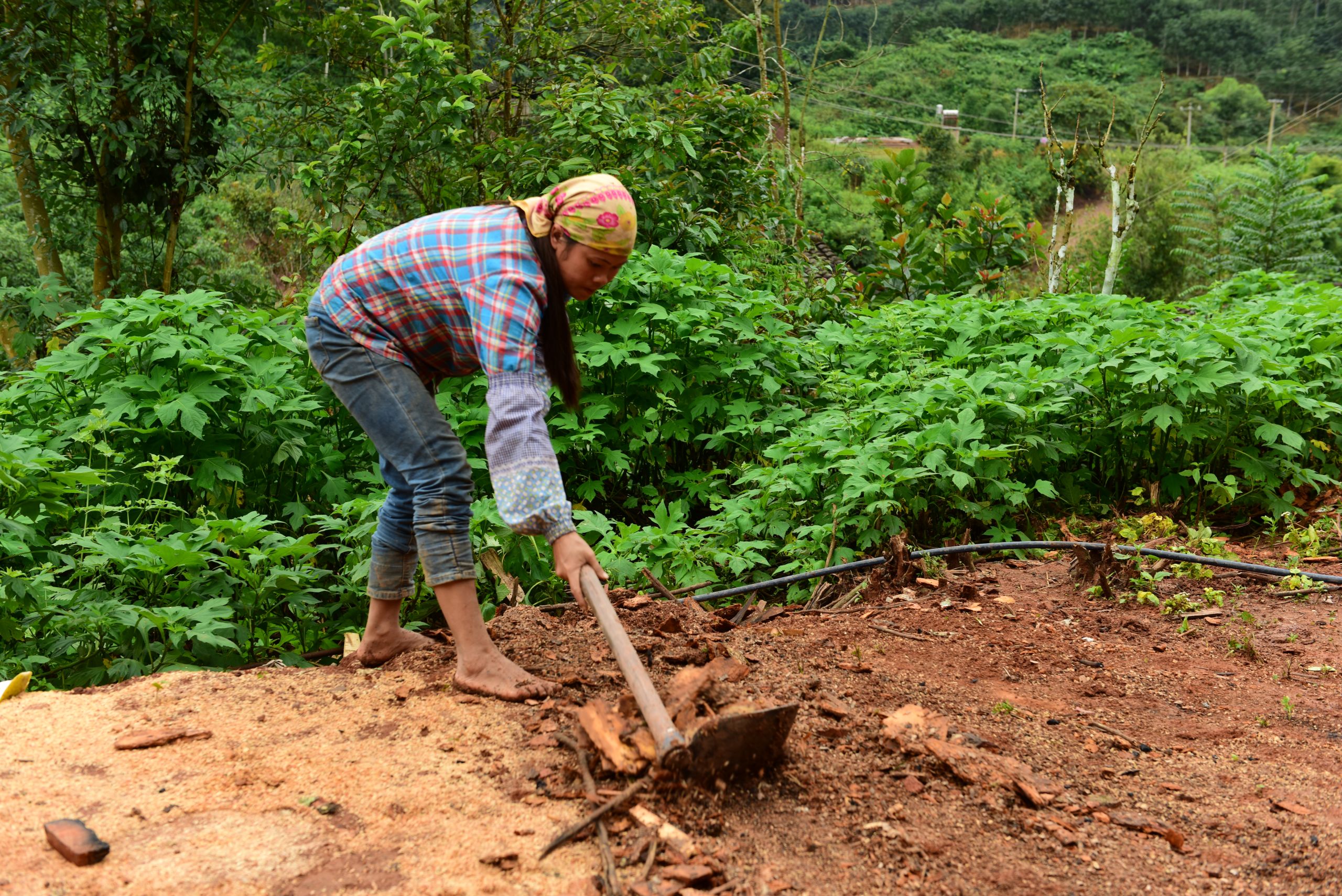FROM FORGOTTEN VILLAGE TO DESIRABLE DESTINATION
How one man's vision lifted a village out of poverty and transformed a community
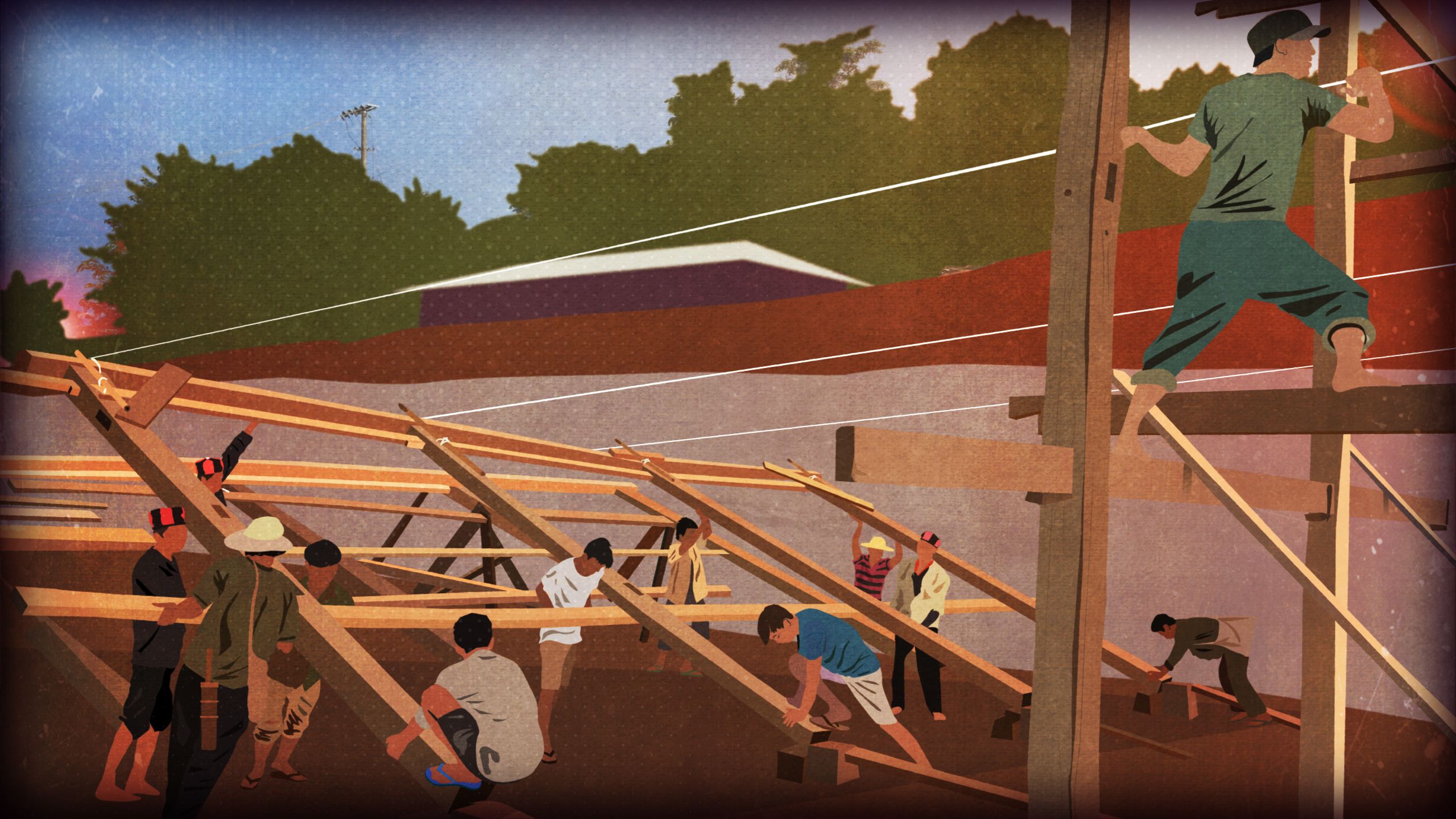
"I didn't feel any pressure from the decision. I was not determined to pursue success. I thought that even if the experiment failed, we could still draw lessons from it."
Li Xiaoyun calls the village of Hebian – literally translated as "riverside" – his second home. The professor from China Agricultural University is familiar with almost every inch of the land here, and knows pretty well every single villager, each of whom treats him just like family.
Every day during his stay here, which sits close to the border with Laos, Li likes to tour around the village and chit chatting with locals, from the daily operation of their guestrooms to their children's schooling, or a family income issue.
Over the past six years, Li and his team has brought a new life to this once isolated place through a creative poverty alleviation "experiment." With vigor and vitality in the air, the 59-year-old professor is still thinking how the remote village can achieve a better development.
"I didn't feel any pressure from the decision. I was not determined to pursue success. I thought that even if the experiment failed, we could still draw lessons from it."
Li Xiaoyun calls the village of Hebian – literally translated as "riverside" – his second home. The professor from China Agricultural University is familiar with almost every inch of the land here, and knows pretty well every single villager, each of whom treats him just like family.
Every day during his stay here, which sits close to the border with Laos, Li likes to tour around the village and chit chatting with locals, from the daily operation of their guestrooms to their children's schooling, or a family income issue.
Over the past six years, Li and his team has brought a new life to this once isolated place through a creative poverty alleviation "experiment." With vigor and vitality in the air, the 59-year-old professor is still thinking how the remote village can achieve a better development.
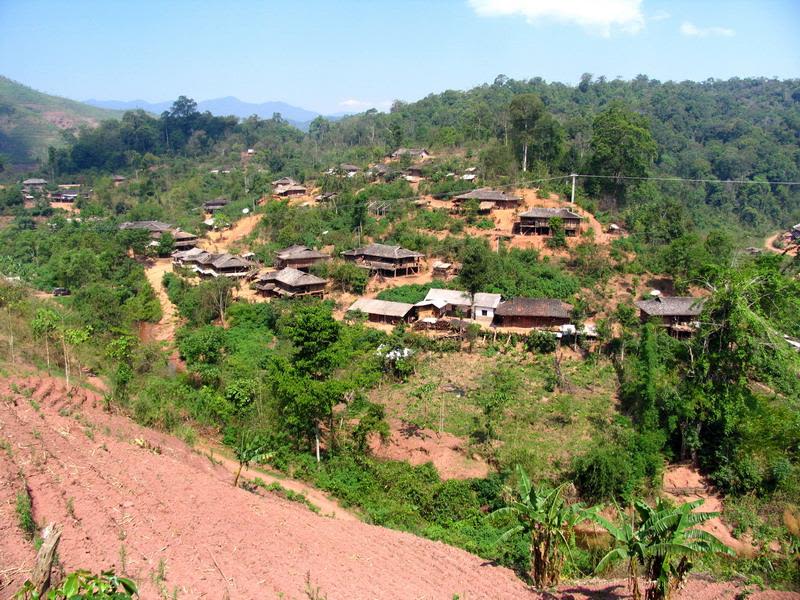
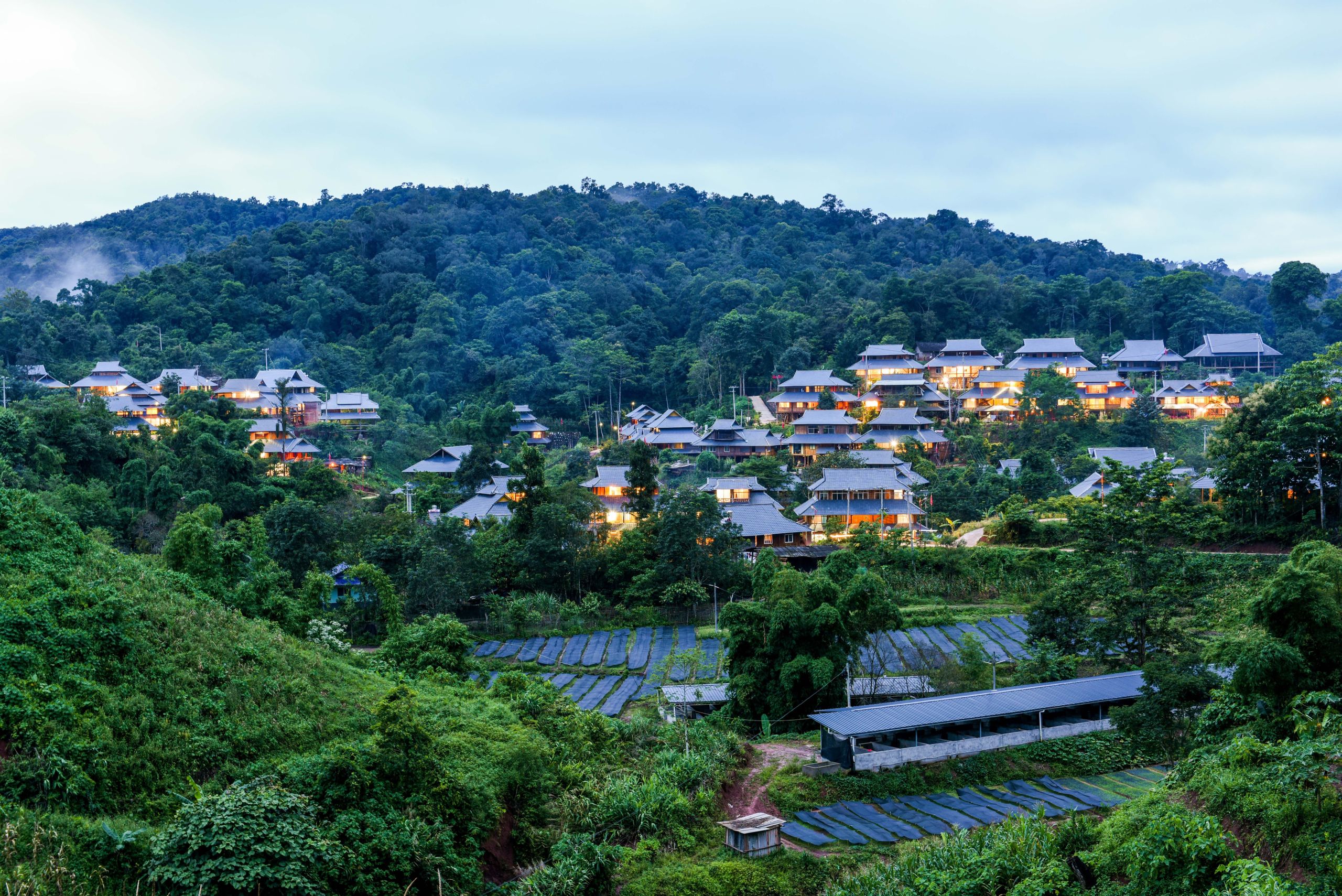

The villagers lived in shabby wooden shelters with no windows, toilets or kitchens. The 8km road leading to the village was often impassable in the rainy season.
The small village is home to 50 households and about 200 residents. The majority of them are ethnic Yao people.
The village transformation included new homes and a new revenue stream from tourism.
The forgotten place
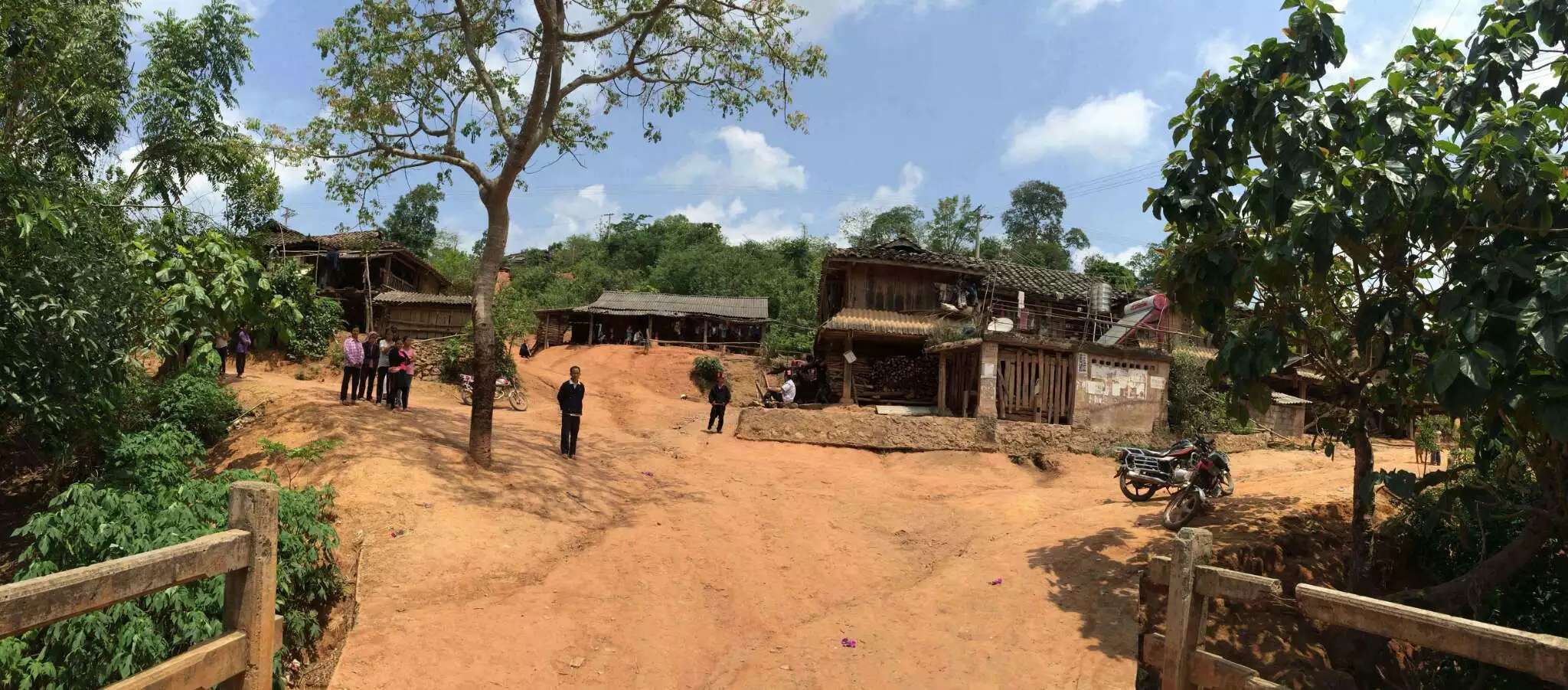
Hebian was a muddy, messy place. /Li Xiaoyun
Hebian was a muddy, messy place. /Li Xiaoyun
Li's first encounter with Hebian happened in 2015. Back then, he visited the village in southwest China's Yunnan Province for a regular field research as a scholar. He was shocked by what came in sight.
"I have long been working on poverty reduction programs in China and around the world, but I have to say, Hebian village was one of the poorest places I have ever seen in my life," Li tells CGTN.
As he recalled, the villagers lived in very shabby wooden shelters with no windows, toilets or kitchens. The eight-kilometer road leading to the village was bumpy and muddy.
"It was almost impossible for traveling during the rainy season," says Li.
Villagers also remember clearly how they used to scratch a living. The reality was cruel. With their livelihoods relying mainly on the cultivation of sugarcane and rubber trees, the villagers' annual disposable income per capita was only about $600, while the annual expenditure per capita was over $770.
"Almost all the families were in debt. It's a village stuck in a 'poverty trap'," says Li. "There were not any rich people here."
Li said the key for his exploration was to find an approach to help local farmers increase their income substantially.
"If it's just a minor increase, then they wouldn't be able to get out of the poverty trap," he notes.
Villager Li Jin remembers how bad conditions were. "Our houses were cramped," the 27-year-old says. "We lived upstairs and raised pigs and chickens downstairs. There was an awful smell everywhere."
The small village only has some 50 households and about 200 residents. The majority of them are ethnic Yao people.
As one of the country's top experts on rural development and poverty reduction, Li Xiaoyun has visited numerous impoverished villages. But for the first time, he had the idea of staying and trying to make some changes with full engagement.
"I didn't feel any pressure from the decision. I was not determined to pursue success. I thought that even if the experiment failed, we could still draw lessons from it," the professor said.
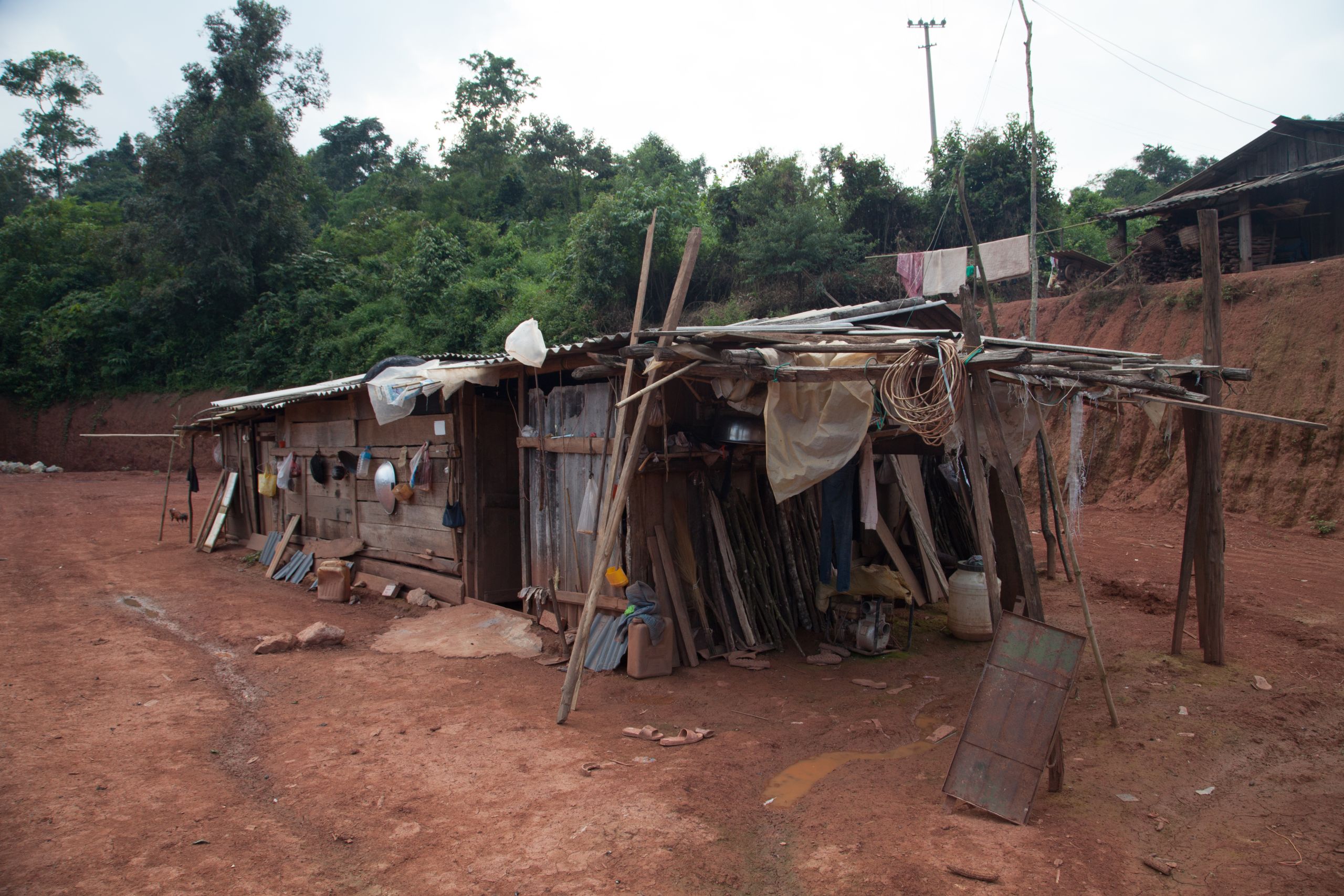
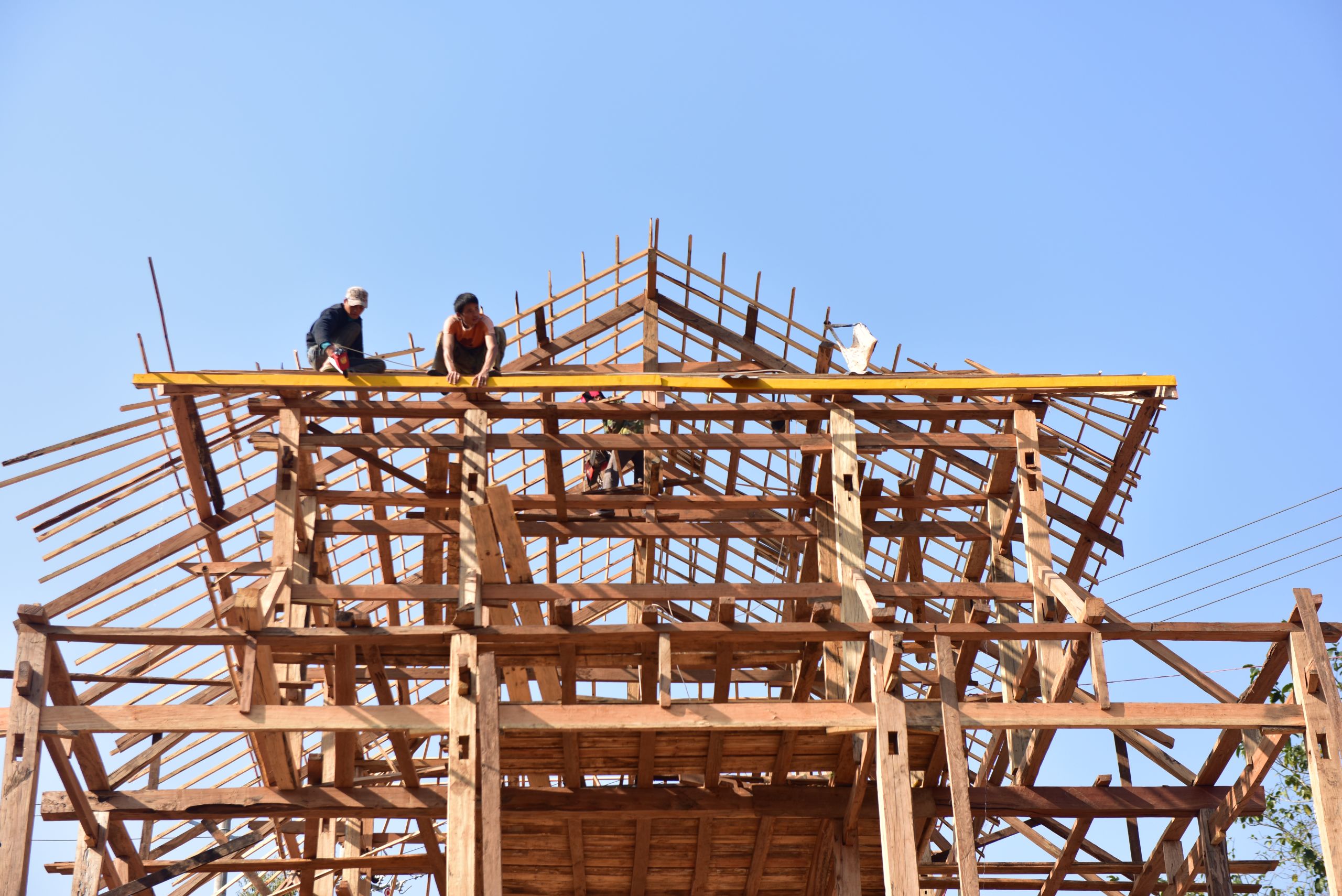
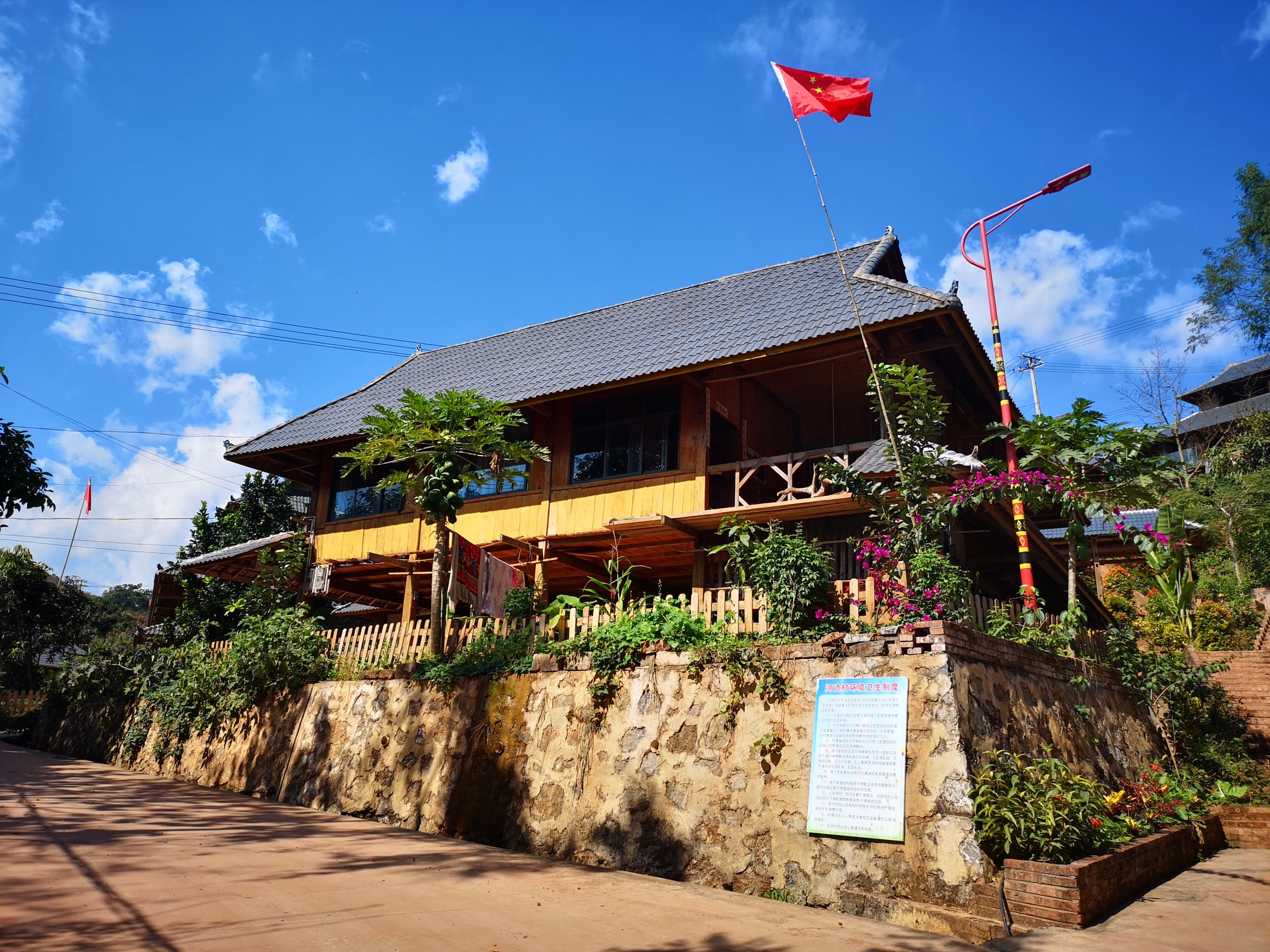
Previously, villagers' livelihoods relied mainly on the cultivation of sugarcane and rubber trees – annual disposable income per capita was around $600, while the annual expenditure per capita was over $770.
The local villagers worked alongside construction workers to erect the new homes and buildings.
The plan was to transform the villagers' residences by keeping the basic wooden structure but equipping them with modern facilities to retain the distinctive Yao architectural style.
A bold and challenging experiment

Li's blueprint took full advantage of Hebian's natural conditions. Located in Xishuangbanna, the southernmost prefecture of Yunnan, it's surrounded by dense rainforest, boasting an unparalleled view and a favorable climate all year round. And its unique ethnic culture makes it even more special.
"We decided to build the village into an ideal destination for small but high-end conferences, company retreats and summer and winter camps for students," explains Li.
Li then established an organization called Action Against Poverty for volunteers recruitment and fundraising for the program.
To nurture such a new business industry, the first step was to transform the villagers' residences – keeping the basic wooden structures but equipping them with modern facilities to retain the distinctive architecture of the Yao style. As a highlight of the planning, each house would be embedded with at least one guest room.
But Li's design, which aimed to improve locals' living conditions and create business opportunities, was overwhelmingly turned down.
"What the farmers longed for were masonry-concrete buildings. When I proposed wooden houses, they thought it was the same as what they used to live in," Li recalls. "The program came to a deadlock for a long time."
To convince the villagers, Li had to build a model house from scratch. He drew the sketch on his own, chose building materials and even did some physical work.
The well-designed and equipped house wowed the villagers and greatly motivated them, with all joining in.
"When we saw that the guest rooms can really bring profits, all the villagers believed in what he said."
Supporting facilities including conference room, home restaurants, convenience store and even a bar duly followed.
Statistics from Li's team showed that in 2019, the average household income from guest rooms reached around $1,390. Meanwhile, the home restaurants of some families also brought considerable income.
"It's a big increase," says Li Jin, who also runs a "canteen" at home. "In the past, it's quite difficult to earn 10,000 yuan [$1,544] annually from crops farming, which could only support our daily lives."
With a stable source of income, the farmers don't have to work outside as migrant workers. And it's not just changed the income, but also the lifestyle of the people.
"In the past, children ran around barefooted and would hide themselves when seeing strangers. Today, the kids can speak Mandarin Chinese well and would warmly greet visitors. They've also developed a good hygiene habit," said villager Zhou Zhixue.
This can largely be attributed to the establishment of the village's first ever kindergarten, as Li underlined that education is the fundamental way of preventing the inter-generational transmission of poverty.
Li Xiaoyun discussed his experiment plan with local villagers. /Li Xiaoyun
Li Xiaoyun discussed his experiment plan with local villagers. /Li Xiaoyun
Villagers participate in the construction of the new houses. /Li Xiaoyun
Villagers participate in the construction of the new houses. /Li Xiaoyun


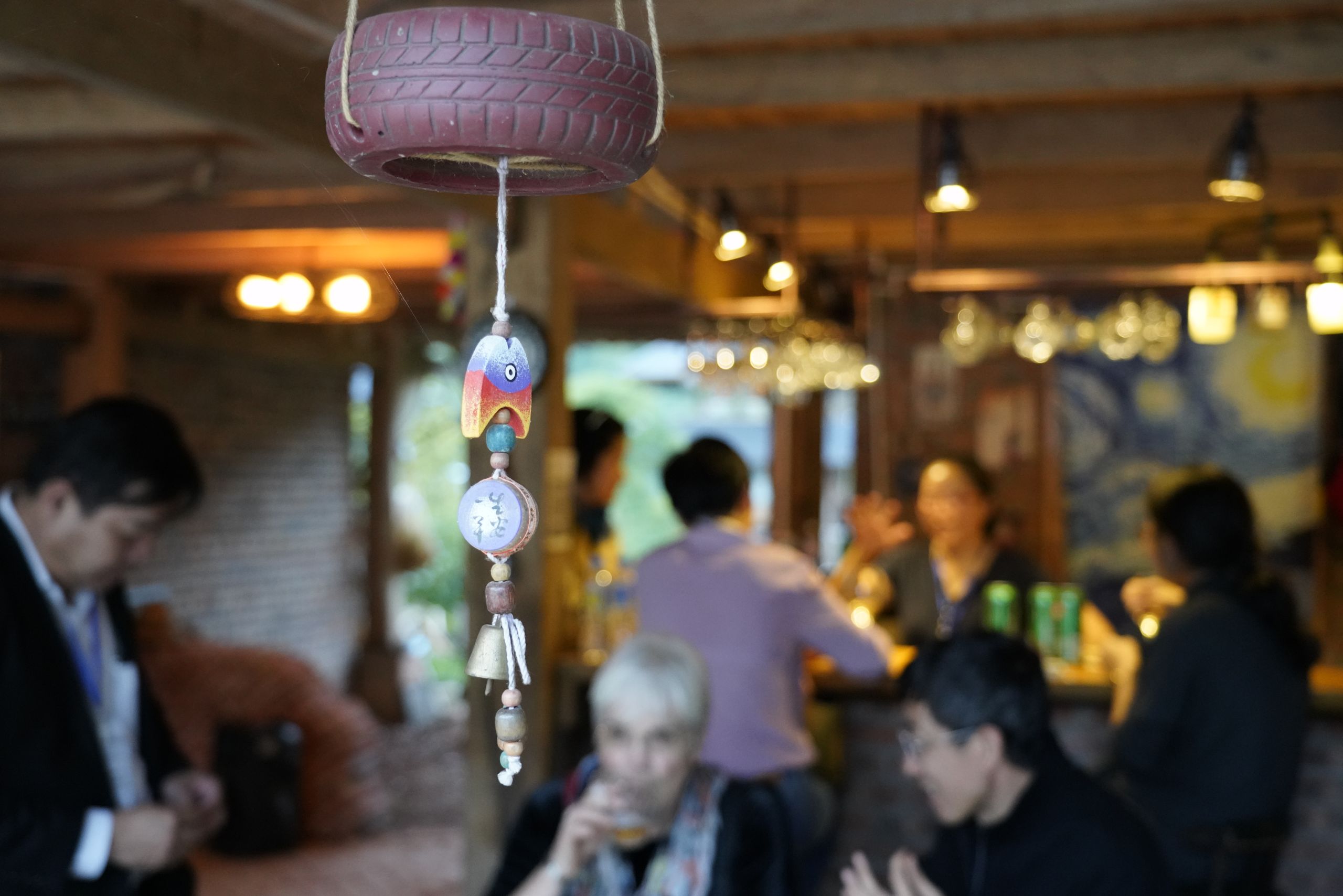
Having guest rooms available for visitors fundamentally boosted the village's economic options.
With a stable source of income, the farmers don't have to work away as migrant workers. It's changed not just the income but also the lifestyle of the people.
Supporting facilities including a conference room, home restaurants, a convenience store and even a bar.
A promising future
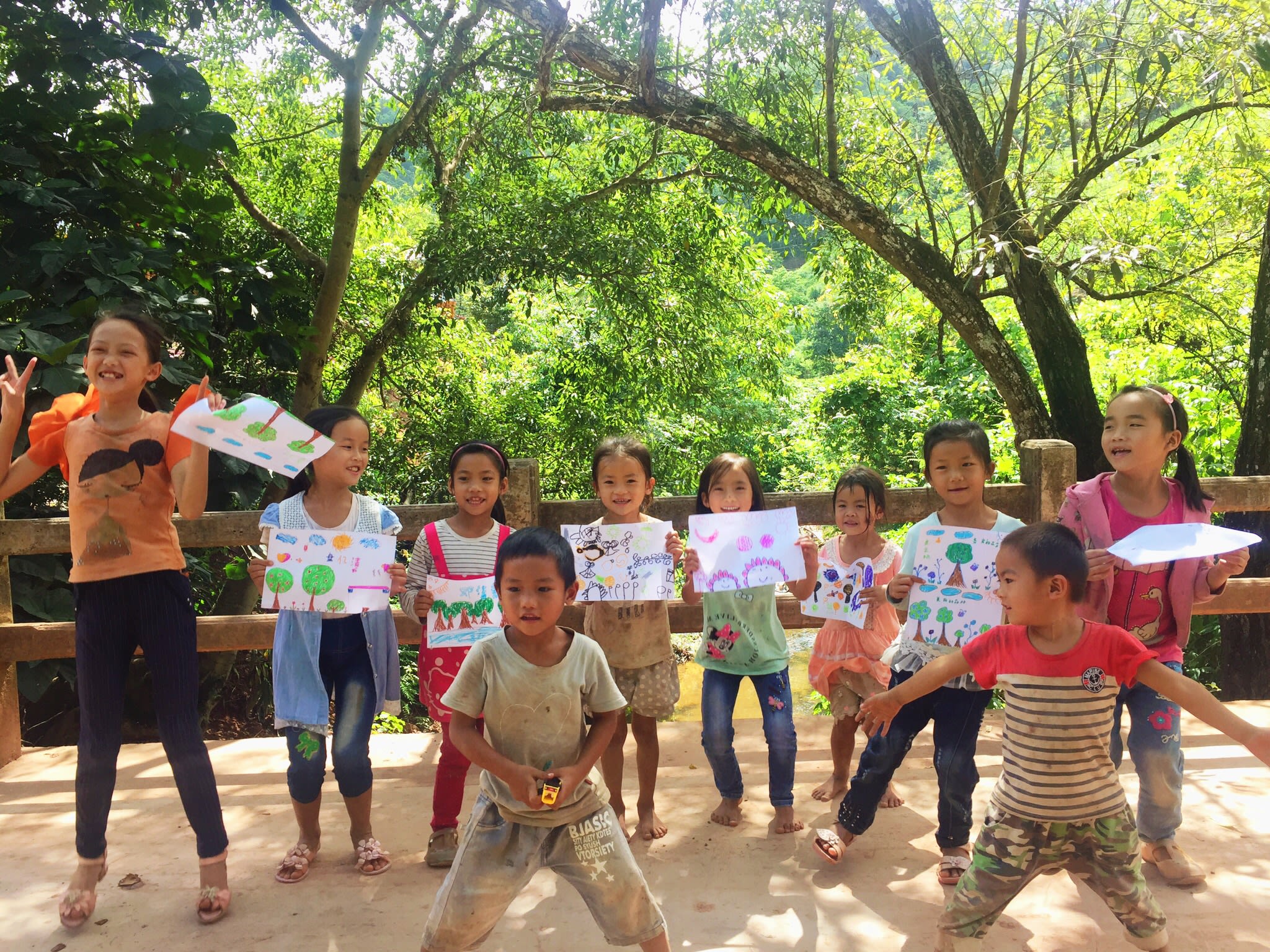
Guides teach tourists about local traditions and wildlife. /CGTN
Guides teach tourists about local traditions and wildlife. /CGTN
To facilitate development of community capacities, a farmers' cooperative was set up in 2019 to run the new industry. The organization is composed of young people who have work experience outside the village.
"We continue to provide some assistance in terms of marketing. Actually, they're capable of running the business on their own now," says Li.
This is also how this innovative "experiment" differs from many other poverty alleviation programs. It's led by government, which provides financial and policy support, but largely carried out by social organizations. More importantly, farmers play a key role in the process – they're active participants in the campaign instead of passive recipients of government assistance.
Zhou works as the general manager of the cooperative. He said he felt great pressure in the beginning.
"I was totally unaware of what I should do as a manager, as I had never done something like this."
However, Zhou quickly adapted and learned new skills. "During the past two years, I've gained some experience and gradually got used to this job," he says.
More challenges lie ahead, such as how to attract more customers, especially when sporadic COVID-19 outbreaks still hit the country. But Zhou and his fellow villagers are confident about the future development of Hebian, as there are still great potentials to be tapped.
"We'll further explore the cultural elements of our ethnic group. It's very important to us," says Zhou.
Not just eco-tourism

Apart from eco-tourism, professor Li also encourages local farmers to increase their income in diversified ways, such as growing tropical fruits in the open space around their houses and keeping bees, among some other initiatives.
Li said the experiment over the past six years has been full of uncertainties and obstacles, but he's gratified to witness the changes the small village has achieved day by day.
"This comprehensive poverty reduction approach has eventually contributed to the attainment of China's goal for ending extreme poverty by the year 2020," he says, "and hopefully it will also contribute to the realization of the United Nations' Strategic Development Goals for 2030."
New developments have helped Hebian villagers to diversify their incomes. /Li Xiaoyun
New developments have helped Hebian villagers to diversify their incomes. /Li Xiaoyun



